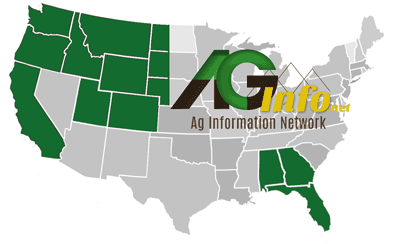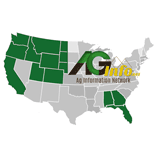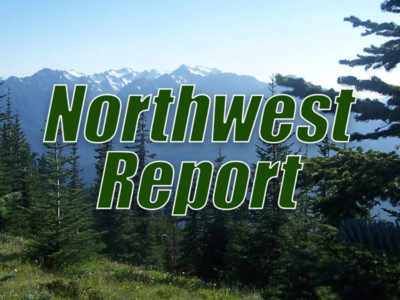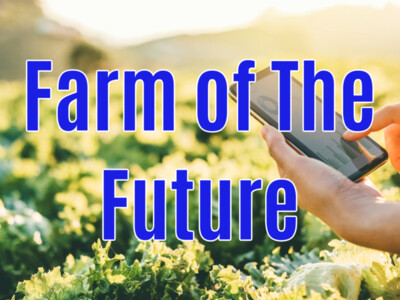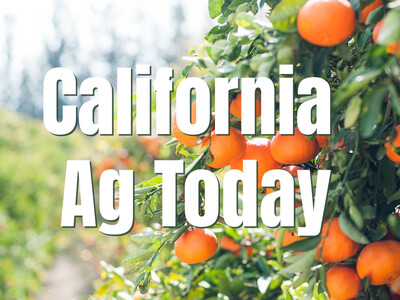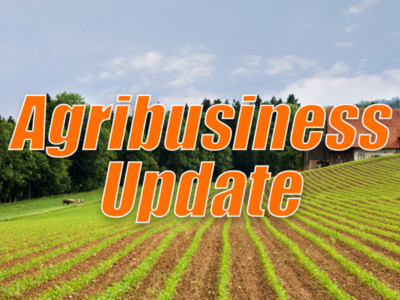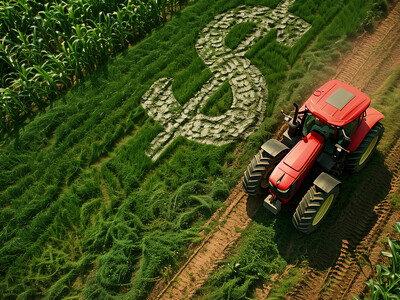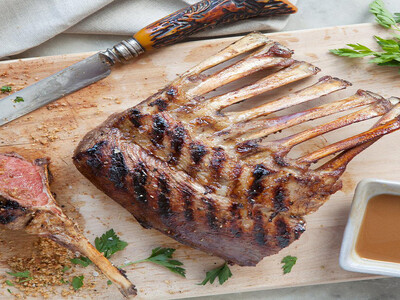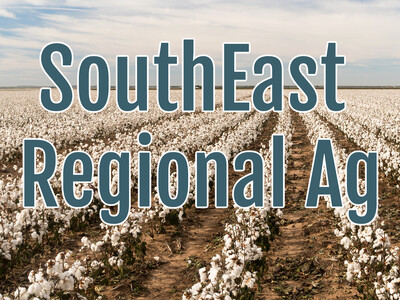Edible Cutlery & Hormone Free Beef
Edible Cutlery & Hormone Free Beef plus Food Forethought. I’m Greg Martin with today’s Northwest Report.
Some day farm wives carrying the noon meal to the field will not have to count the cutlery before returning to the house. Field workers will simply eat their knife, fork and spoon before returning to work. Thanks to a manufacturing process developed by Narayan Peesapaty, managing director of
Agriculture Secretary Tom Vilsack discusses the recent agreement allowing hormone free
VILSACK: We’ve now opened up this market and it’s up to us to convince the consumers in
Now with today’s Food Forethought, here’s Lacy Gray.
A recent competition held in
Thanks Lacy. That’s today’s Northwest Report. I’m Greg Martin on the Northwest Ag Information Network.
